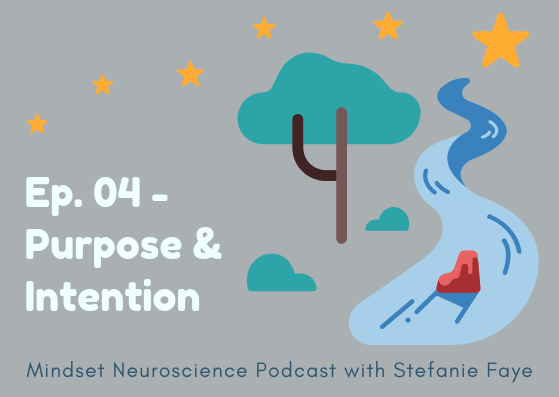The body is not just a vehicle for our work, but the *stage* where every mindset shift becomes real.
When we use the word 'mindset' we leave out the massive importance and intelligence of the body. A mindset shift is an embodied, visceral, sensorimotor experience.
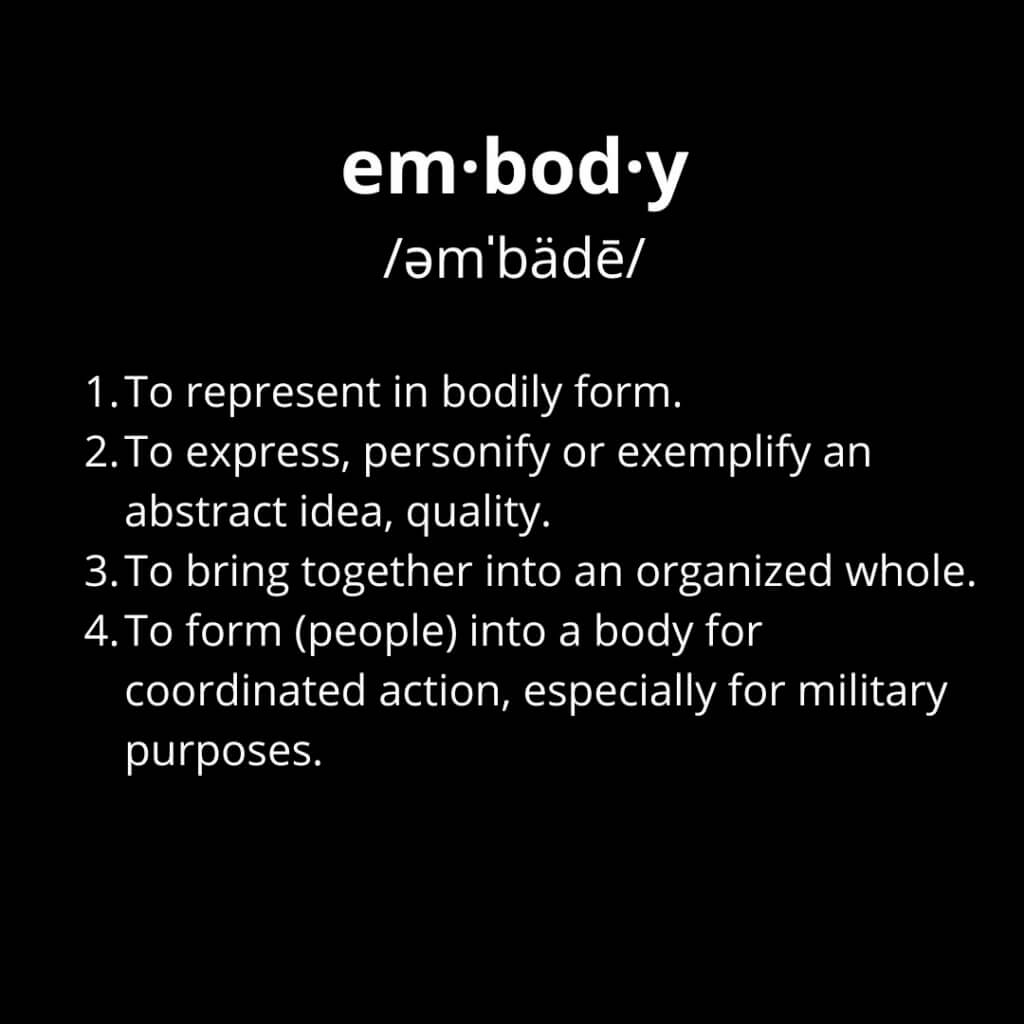
What does 'visceral' mean?
Viscera refers to the soft internal organs of the body, including the lungs, the heart, and the organs of the digestive, excretory, reproductive, and circulatory systems.
Visceral organs encode mechanical and chemical events and relay these messages to the brain.
When a mindset shift occurs, the spark of new neural activity triggers a cascade of new mechano-electro-chemical events within the body vehicle. There's a shift in communication patterns between the body and the brain.
What does 'sensory' mean?
Sensory refers to signals traveling from the body to the brain
The signals that are picked up by the sensory receptors within your viscera as a result of this new neural activity are sent up to the brain through sensory (also called 'afferent' fibers).
What does 'motor' mean?
Motor neurons deliver instructions from the brain to the body.
When a mindset shift happens, new signals are being sent down as instructions from the brain to the rest of the body through motor fibers.
These can alter activity such as where your eyes look, how your body moves, and how different systems change your point of attention and awareness.
The result? An ‘aha’ moment, that creates a felt experience of a shift that also relates to a new movement, new awareness of what you perceive, and new behavior.
In my experience - when I have worked with a client or group and a mindset shift occurs (and when it happens within me), I notice the following:
- a facial expression that usually involves a widening of the eyes, a slight opening of the mouth, a nodding of the head and then a phrase like ‘whoa’, ‘wow’, ‘I never thought of it that way before’... or 'I knew that deep down'
- A softening or smoothing out of the facial muscles around the eyes and forehead
- After that initial ‘aha’, I usually see a movement of the eyes in an upwards or sideways direction - as the person looks for how this connects even more ideas and behaviors
- Sometimes, tears start to form as the person understands themselves or another person in a new light
- A slowing down of the pace of speech at first as they formulate what they are trying to connect - and then an increase as the person starts to add more examples of things they are seeing in this new light and how this is different than how they were perceiving it before
This is usually then followed by an idea of how to see their behavior or another person’s behavior differently.
And the best part - a report later of how just seeing things in that new way altered their experience of something they had done so repetitively that they thought there was no other way.
The very first change of facial or vocal expression is the moment I live for. This is because in my decades of sparking these shifts, I know that once I’ve seen that facial movement or a shift in voice and words, I know there has been an internal shift. And that new level of awareness is what leads to new behaviors.
Organizations talk about mindset all the time—growth, fixed, adaptive, innovative…
We often talk about these ideas, but where do they LAND if we don’t bring more awareness to our visceral, embodied day-to-day movements, postures, breath and presence?
A wonderful example of bridging our mind to our body comes from some of the work I did with former US Air Force Fighter Pilot, Michelle “MACE” Curran - while collaborating on the neuroscience section of her incredible book, The Flipside: How to Invert Your Perspective and Turn Fear Into Your Superpower.
After I had facilitated a workshop for a group of ex-fighter pilots, former Green Berts and retired Navy SEALS, she came up to me after - realizing that an essential part of her work was related to how much our brain activity changes when we move our attention within our BODY. The ‘wiggle the toes’ technique that she had been taught as a fighter pilot was not just some random idea that worked. It was grounded in embodied awareness of what she was noticing, and what shifted in her micro-movements. These shifts led to profound improvements in her flying - and she later applied this to many aspects of her life.
Skipping the ‘inner work’ doesn’t work if we want to inspire change
Many leaders, teachers and teams cycle through the same surface-level tactics, hoping for change—but skip the inner work of noticing their own nervous systems, responses, and micro-movements in challenging moments (especially under pressure).
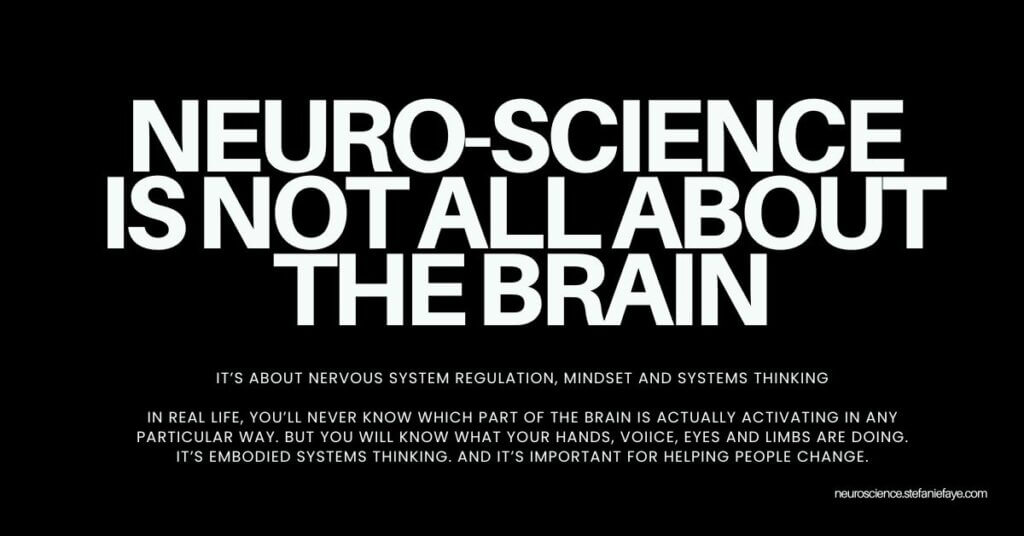
The Body is the Bridge to new levels of consciousness
When leaders, teachers and teams begin to practice awareness of their own internal state, brain activity changes and there is a new level of consciousness. Awareness can include:
- how your breath changes during conflict,
- how your posture shifts during interactions with certain people
- how your face and body moves when you’ve made a mistake or feel like you’ve failed at something
- how your voice modulates when sharing ideas—.
When this embodied awareness happens, the wisdom of the leader, teacher or team member is no longer just something spoken—it's something *felt* and *modeled* for everyone present.
Embodied wisdom and leadership is about:
- Moving from "knowing" to "noticing"—in yourself and in others
- Updating not just procedures, but your *actual presence* (how you enter a room, listen, or pause)
- Practicing micro-shifts—tiny acts of awareness that ripple throughout teams and systems
A mini-exercise to try:
- Next time you join a meeting (even a virtual one!), notice your breathing before you speak.
- As you listen, tune in to what your hands, feet, or shoulders are doing. Just *notice* without judgment.
- Afterward, reflect: Did you feel a shift in how you heard or contributed?
Small acts of embodied awareness open new paths for decision-making, conflict resolution, and out-of-the-box thinking*.
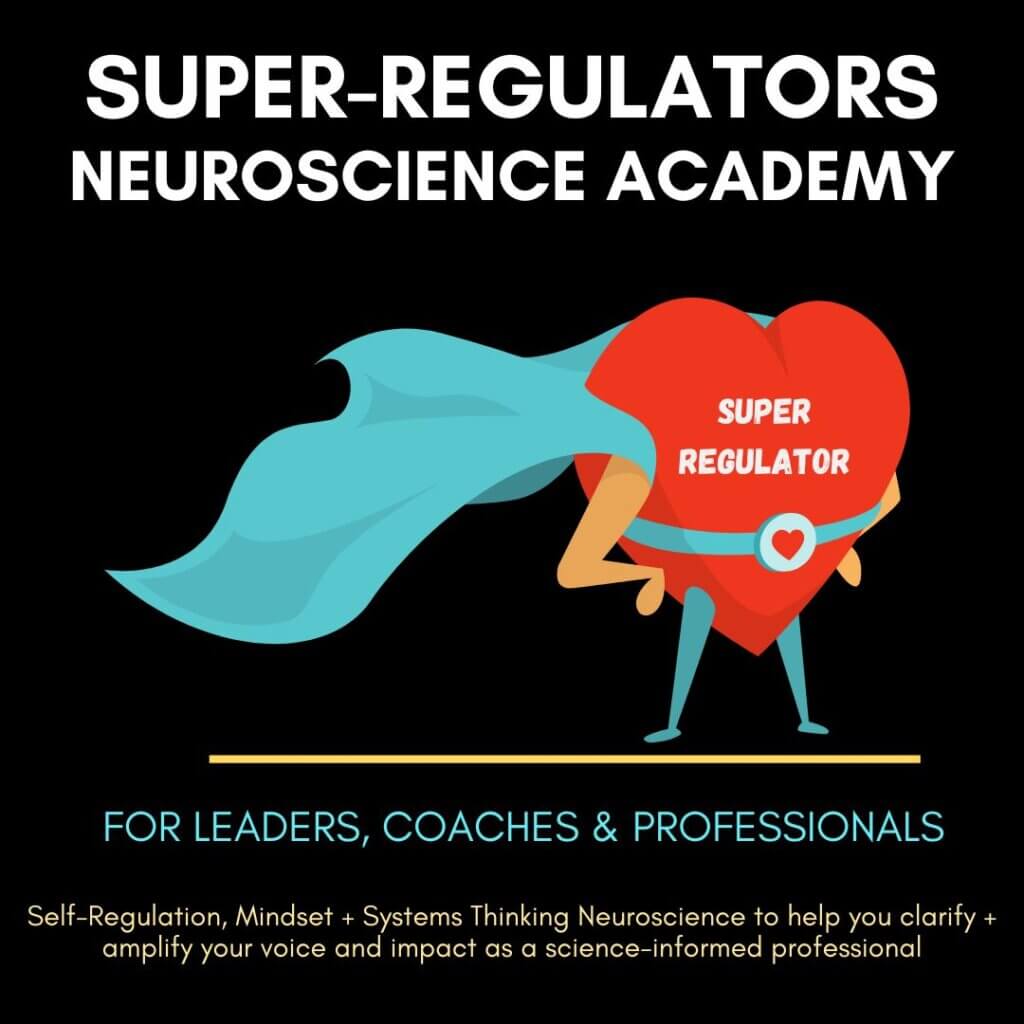
In the Super-Regulators Neuroscience Academy, we explore how we - as leaders, teachers and professionals can help ourselves and others break old cycles and embody new ways of leading and relating—often more powerfully than any script or training manual ever could.
We are part of a community that is moving beyond using neuroscience in surface-level ways and moving into connecting our work with nervous system regulation, mindset and systems thinking as gateways for embodied self-leadership.
REGISTRATION CLOSES OCTOBER 30th!
LEARN MORE AND GRAB YOUR SEAT!!
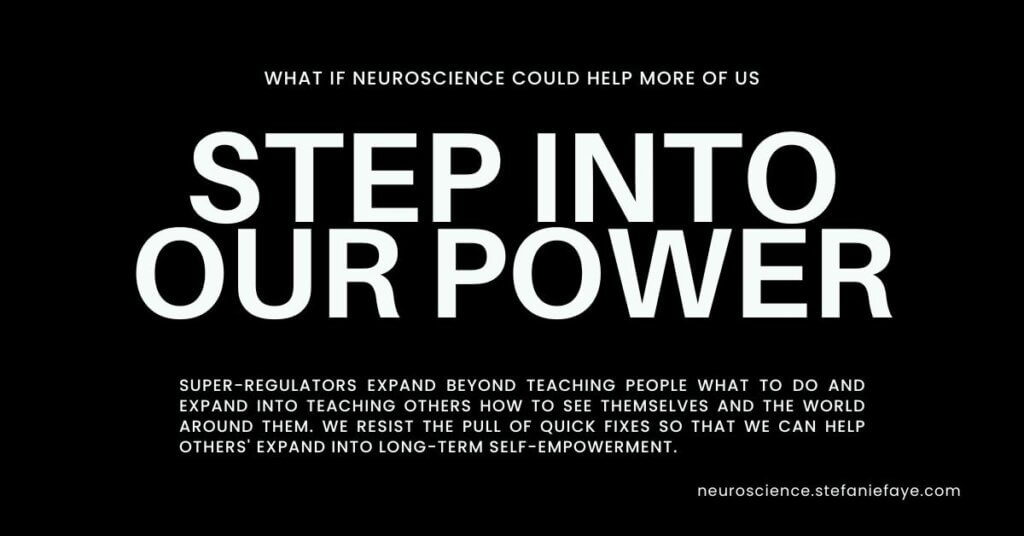
*Another example of out-of-the-box, collective innovation and intelligence is also something I am honored to be taking part in. I’ll be helping with a session on translating ideas from science to everyday wisdom for human flourishing as part of an amazing initiative sparked by MIT. We will be meeting with members of Geneva Science Diplomacy Anticipator (GESDA.global) this November. GESDA is a multilateral initiative mobilizing scientists, diplomats, private sector and citizens to anticipate emerging scientific discoveries and translate them into concrete actions for the benefit of society. - I’ll keep you updated about any free resources you can access in relation to this!

